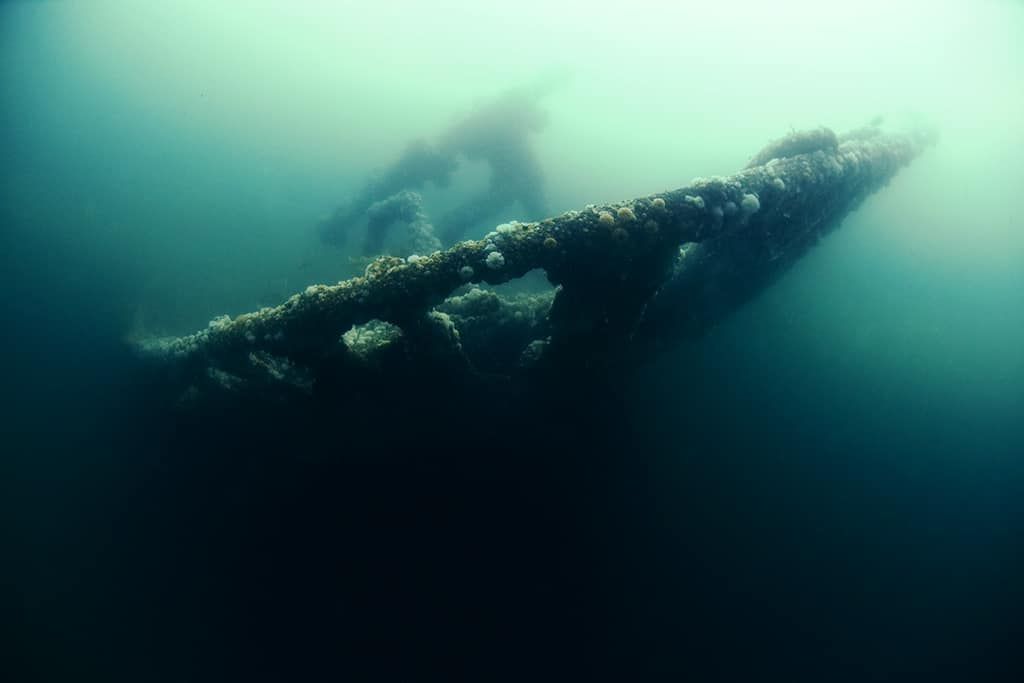McMillan & Son, builder of the Walkure ... Archibald McMillan and Son started building in a West Bridgend yard in 1832 and transferred to James Lang's Dockyard in 1845, building 504 ships there until their demise in 1932. They moved from wood to iron in 1866 and to steel in 1881. They did not have an engine works and thus concentrated on large sailing ships.
Their most remarkable ship was the Swanhilda (pictured left) which they launched in 1890. In 1899 she left Spencer's Gulf near Adelaide, South Australia, with a cargo of grain. She sailed eastwards across the Pacific, rounded Cape Horn and sailed up the Atlantic to Britain in 66 days, a world record, never beaten!






















